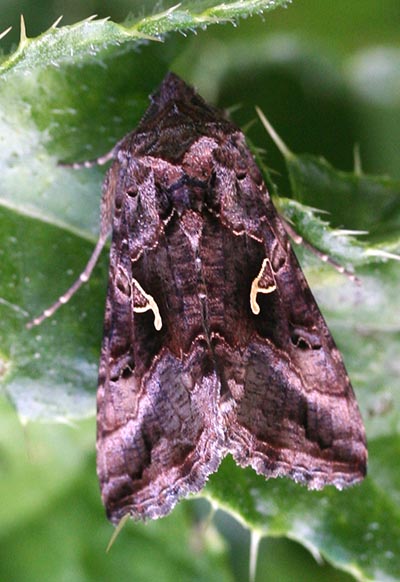Each year, I like to look back over the last 12 months and consider the highlights. What have I discovered? What did I see? What did I learn? I also like to plan ahead and try to increase my chances of finding new things and new information.
In retrospect, I made the most of the weather: Donegal is a very wet county and this counts as a mixed blessing. Firstly, there are many days where it is quite impossible to take photographs, but those are the days when research and office-based work can take place. We have very clean air, so we have some species that are almost unique to our area and are difficult to find elsewhere.
My species count went over 1500, and currently sits at 1517 species, the most notable addition being the parasitic wasp Hepiopelmus variegatorius, which I added to the Irish list in September.
I finished the 1k square challenge with just under 600 species in a 1k square. The highest total in the project was 1399, but we're not comparing like with like, since I just count what I can see and photograph. Other people use different techniques, such as setting moth traps or pitfall traps for ground-based species. The results of all these surveys will be extremely valuable additions to the relevant national databases.
I took part in a number of bioblitzes during 2013, and I found these to be incredibly enjoyable: you get to survey new habitats, and can meet new people and exchange identification hints and tips (and even get some books from time to time!)
Looking forward, I need to find new groups to study: my species list has become rather static. Talking to one of the other recorders on a bioblitz, I realised that the best impact we can have as recorders is to work in areas that will result in the most useful additions to our knowledge. So during 2014 I plan to find new groups to study, and I will study these in depth.
Another new venture for me in 2014 is the Heritage in Schools initiative run by the Heritage Council here in Ireland. I have been added to their list of Wildlife Heritage Experts, which means that I am now available to give wildlife talks and lead wildlife walks in schools with children of all ages. I think people need to be reconnected with their local wildlife, and there's no better time to start than while still at school.
I have also decided (probably against my better judgement) to make all my work available on the internet as a searchable database. This means that my 1500+ species are described in text and images, and all relevant connections between species are documented. Species are accessible by habitat type, date, name and are also linked to the formal taxonomic tree, so that people of all degrees of interest and experience will be able to access the data in a way they find most convenient and useful. At the moment, I have a test version of the database in place and a few people are testing it for usefulness and content. Once the way forward has been finalised, I will publish the web address and the database will go live. This is a huge undertaking, with 1500 species to document and link to each other and also link to habitat types and dates. Google will be used as the internal search engine, but is not expected to reach the site in order to spider it until perhaps February. The work will never be complete, but I will add new species to the database as they become available and the work will grow as I learn.
Finally, I hope that my work has raised levels of interest and knowledge of our wildlife, and encourage you all to get out there, get down and look at it: our wildlife is more valuable to us than we realise, and we all need to get closer to it.
-



















































